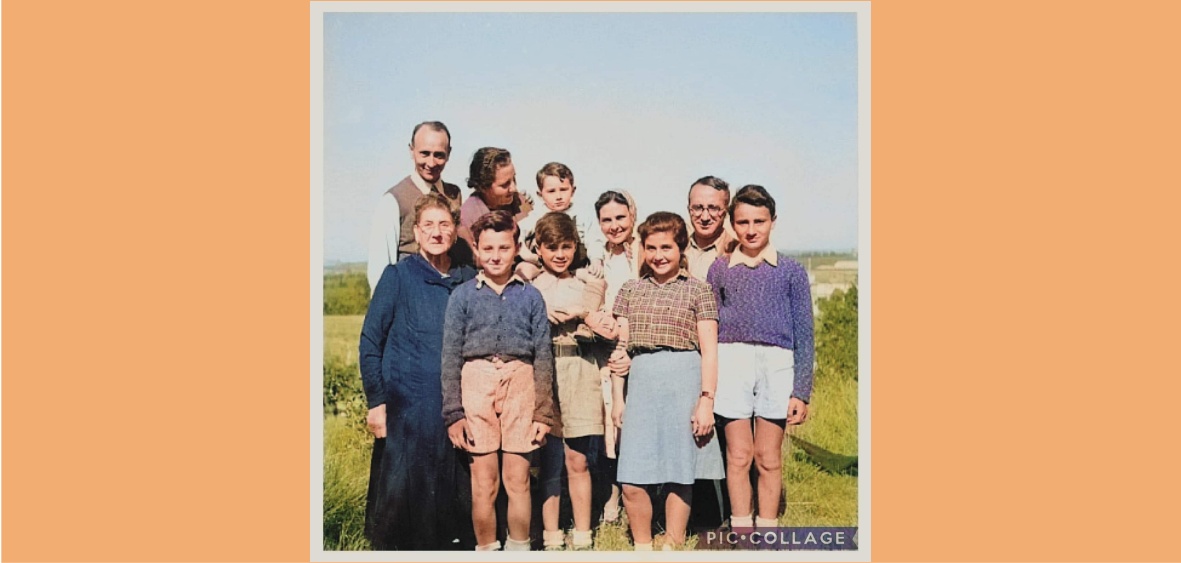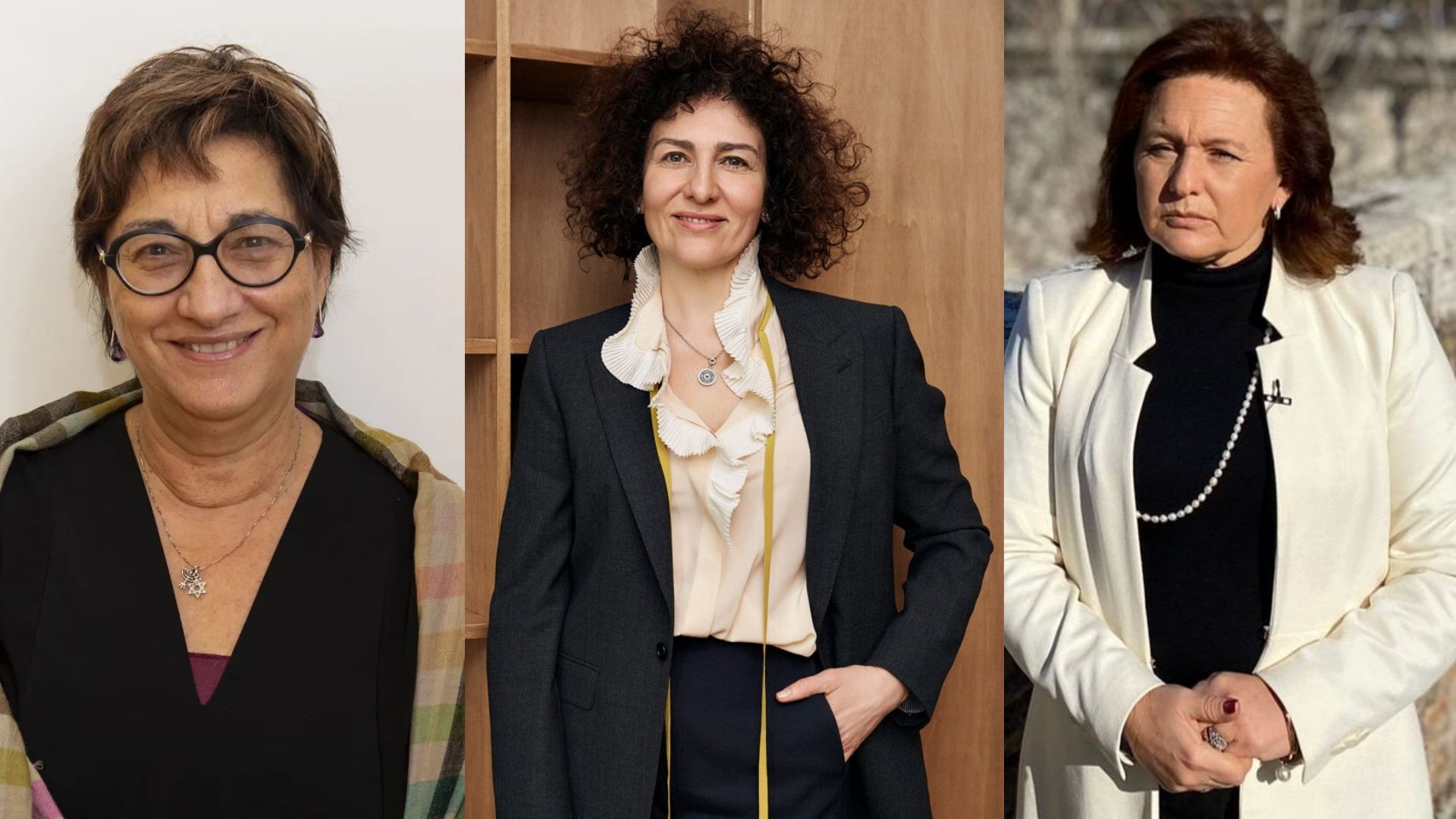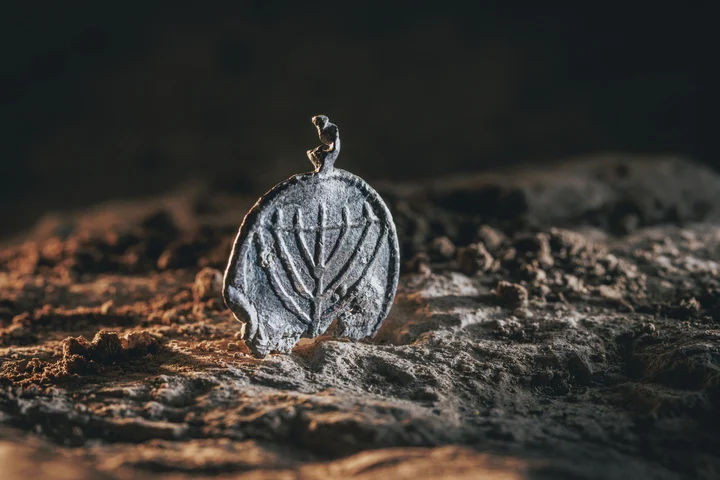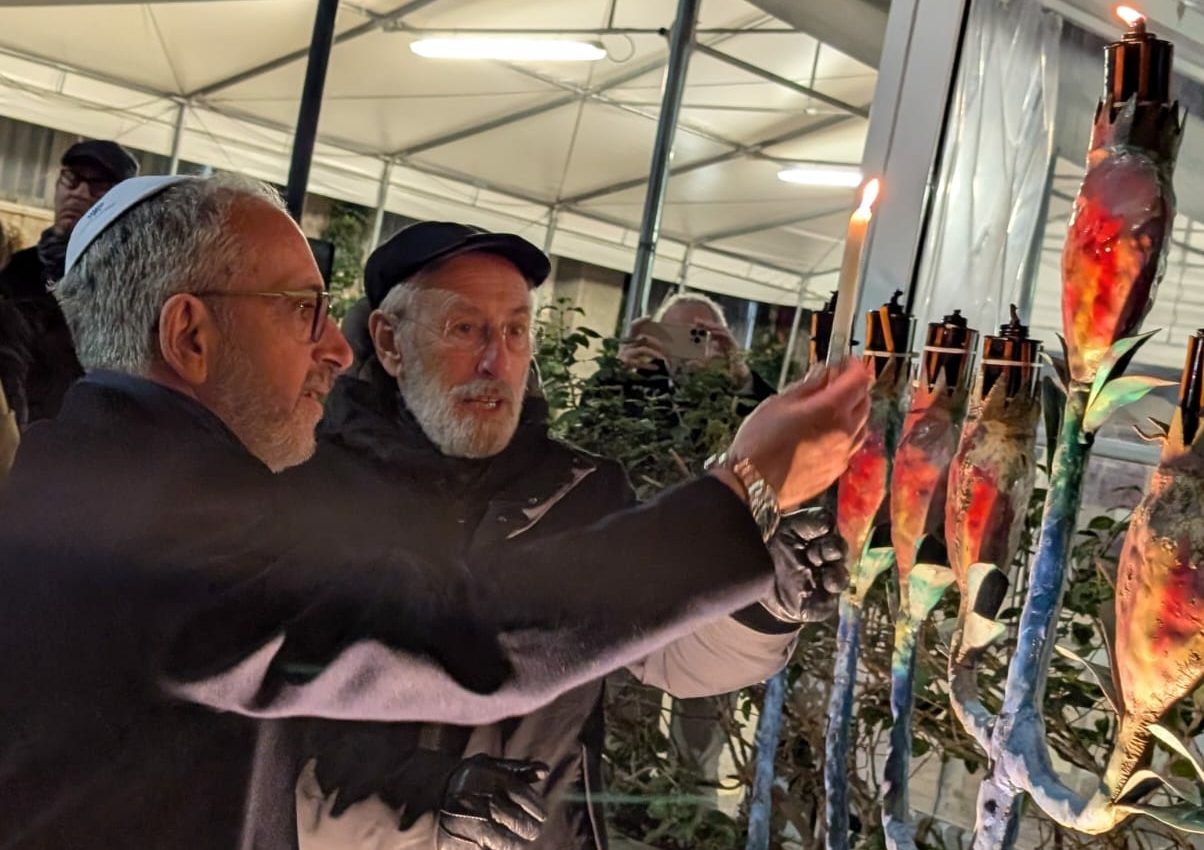Hanna Sereni, daughter of Ada Ascarelli and Enzo Sereni, passed away at her home in Tel Aviv on March 12, 2022. Hanna was born on July 4, 1926 to young Enzo and Ada, who had already made their mind to immigrate to Palestine. The young couple arrived to Palestine in early 1927 to get organized, while Hanna stayed in Rome…
SHALOM WORLD
A life for Israel. Hanna Sereni 1926-2022
Hanna Sereni, daughter of Ada Ascarelli and Enzo Sereni, passed away at her home in Tel Aviv on March 12, 2022. Hanna was born on July 4, 1926 to young Enzo and Ada, who had already made their mind to immigrate to Palestine. The young couple arrived to Palestine in early 1927 to get organized, while Hanna stayed in Rome…
“We Jews of Kiev pray and ask for help”- Interview to Rabbi Jonathan Markowitz
For days world leaders have been meeting in order to find a solution to the threat of an invasion of Ukraine, that has been up to now officially denied by Russia and President Vladimir Putin. According to the Law of the Return, approximately 75.000 Ukrainian Jewish citizens are eligible for Israeli citizenship, and it seems that Israel has already arranged an…
“We Jews of Kiev pray and ask for help”- Interview to Rabbi Jonathan Markowitz
For days world leaders have been meeting in order to find a solution to the threat of an invasion of Ukraine, that has been up to now officially denied by Russia and President Vladimir Putin. According to the Law of the Return, approximately 75.000 Ukrainian Jewish citizens are eligible for Israeli citizenship, and it seems that Israel has already arranged an…
“We Jews of Kiev pray and ask for help”- Interview to Rabbi Jonathan Markowitz
For days world leaders have been meeting in order to find a solution to the threat of an invasion of Ukraine, that has been up to now officially denied by Russia and President Vladimir Putin. According to the Law of the Return, approximately 75.000 Ukrainian Jewish citizens are eligible for Israeli citizenship, and it seems that Israel has already arranged an…
“The young generation needs me; this is why I’m alive” - Interview with Holocaust Survivor Sami Modiano
Interviewing Sami Modiano is a profound and emotional experience. His kind eyes and determined voice tell the story of a boy, who together with his father Jacob and sister Lucia, was deported from the island of Rhodes to the Auschwitz- Birkenau extermination camp in 1944. He is the only survivor of his family and one of the very few from…
“The young generation needs me; this is why I’m alive” - Interview with Holocaust Survivor Sami Modiano
Interviewing Sami Modiano is a profound and emotional experience. His kind eyes and determined voice tell the story of a boy, who together with his father Jacob and sister Lucia, was deported from the island of Rhodes to the Auschwitz- Birkenau extermination camp in 1944. He is the only survivor of his family and one of the very few from…
Rav Dov Izhak Freilich, the rabbi who helped rebuild the Jewish community of Rome
"The day he was released from Bergen-Belsen was a Friday, it was close to the start of Shabbat and it was four years since my grandfather had been able to celebrate it." Elie Lowy, grandson of Rav Dov Izhak Freilich, is betrayed by emotion as he tells of the moment of regained freedom and the moment when his grandfather was…
The ''Museum Shop'' is born, the e-commerce of the Museo Ebraico di Rome. All the beauty of the collection just a click away
The "Museum Shop" is born, the e-commerce of the Jewish Museum of Rome. 55 items made by the best Italian craftsmen, in materials ranging from silver to Murano glass and ceramics. Particular design objects that do not sacrifice the beauty of the classic. An idea that arose from the need to deliver the beauties of the collection displayed at the Museo…
Adriana Ottolenghi the secrets of kosher goose salami and Krumiri
Adriana Ottolenghi is very serious about making people happy through her food. Looking at her dishes, and tasting is a delicious experience, familiar and comforting. The taste is surprising, lip smacking, simple. Adriana turned 86 last week, however she still uses to cook all the food that she, her family and friends delight in. All ancient recipes make her proud…

















